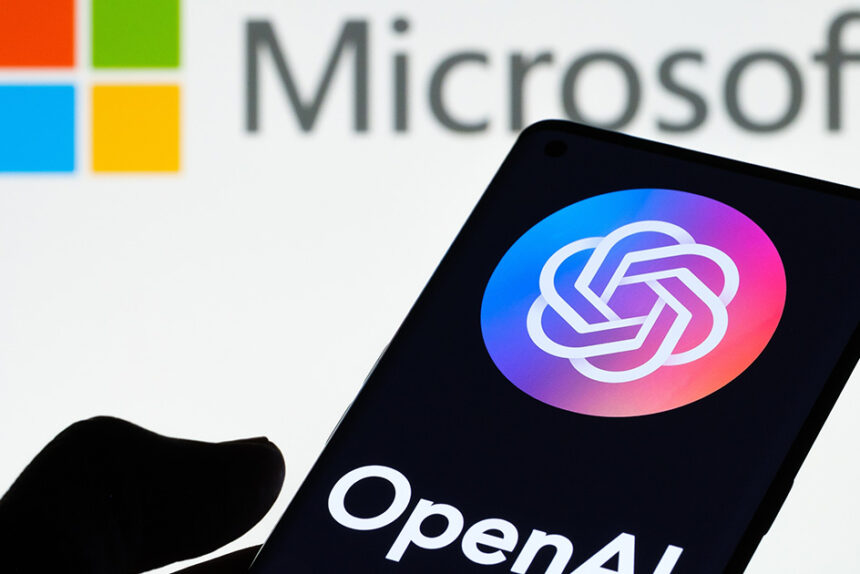AI's Energy Demands Are Out of Control. Welcome to the Internet's Hyper-Consumption Era

11.07.2024
At present, the influence of generative artificial intelligence online cannot be overstated. Encounter an AI-generated summary atop your Google search results or find yourself encouraged to test Meta’s AI tool on Facebook. Meanwhile, that ubiquitous sparkle emoji continues to appear in my dreams.
The surge to integrate AI into numerous online interactions traces back to OpenAI’s groundbreaking launch of ChatGPT in late 2022. Silicon Valley swiftly became captivated by generative AI, and nearly two years later, AI tools driven by extensive language models saturate the digital user experience.
However, a drawback of this widespread adoption is the considerable computing resources required to operate generative AI systems. This has ushered in an era of hyper-consumption on the internet, marked by the proliferation of a new computing paradigm that demands substantial amounts of electricity and water both for construction and operation.
“As for the backend, the algorithms necessary for any generative AI model are fundamentally distinct from traditional services like Google Search or email,” explains Sajjad Moazeni, a computer engineering researcher at the University of Washington. “Basic services operated with minimal data exchange between processors.” In contrast, Moazeni estimates generative AI applications are 100 to 1,000 times more computationally intensive.